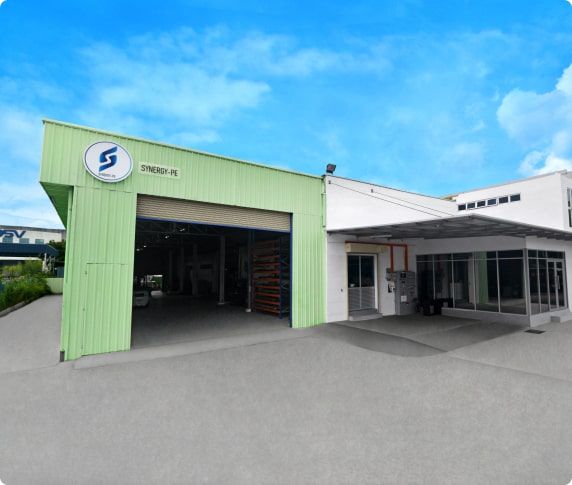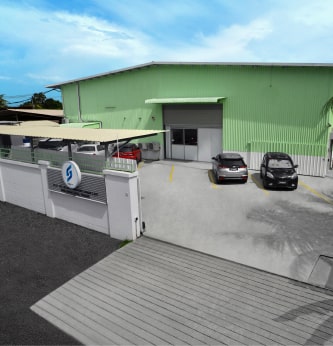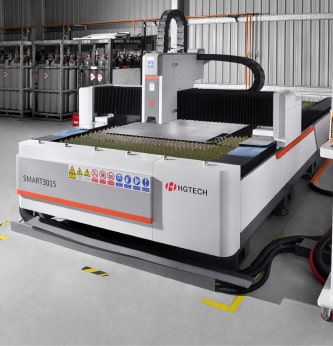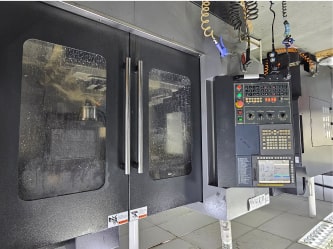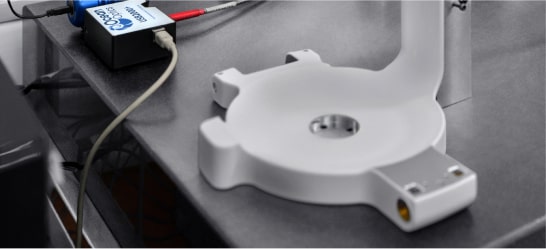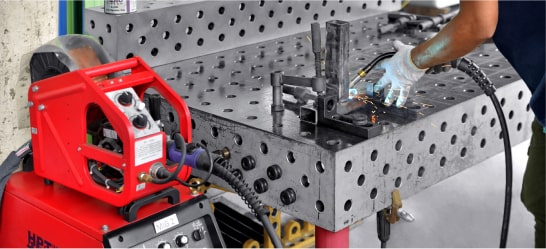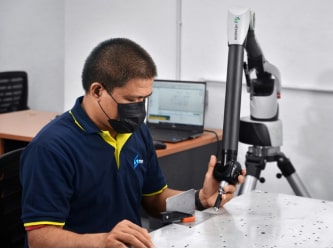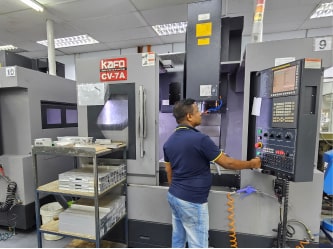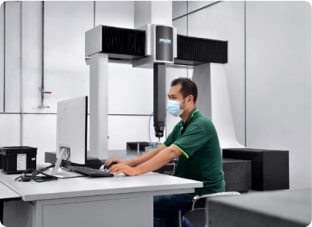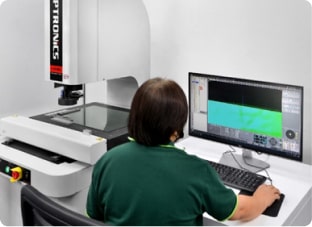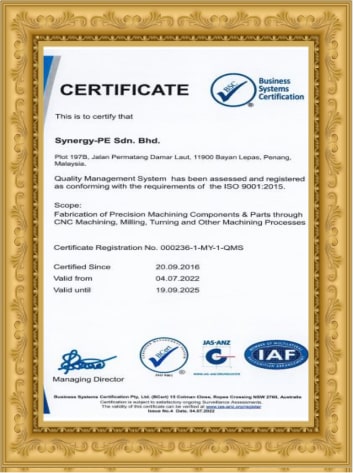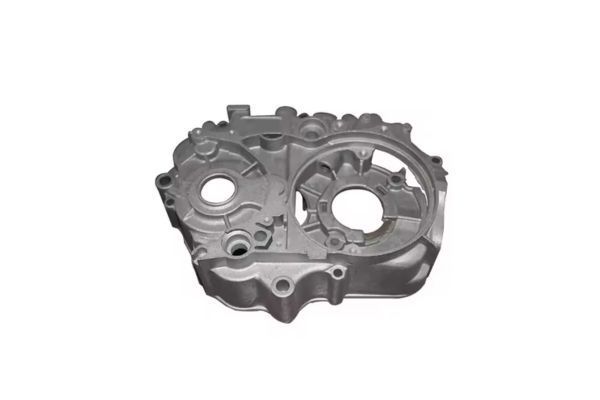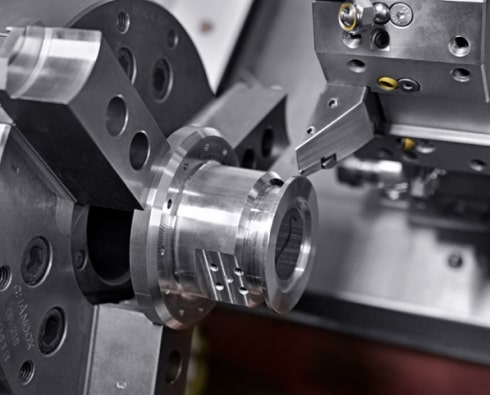Almost all the advanced complex industries, from aircraft to automotive and many more, depend on stainless steel machining. Steel machining is an intensive and complicated process requiring more skill and knowledge than machining other materials like wood or plastic. Stainless steel is a material with a high tensile strength and is quite challenging, so manufacturing intricately shaped items is a much more difficult task. But do not worry; this guide will provide all the information necessary to tackle stainless steel machining and give you valuable tips to make this process easier and more efficient, so keep reading to learn more. Types Of Stainless Steels A solid understanding of the material you are working with is essential for correct machining techniques. Stainless steel is an alloy with high tensile strength and can resist corrosion. It is a highly demanded material for industries that depend on manufacturing products and operate in harsh and challenging conditions. Due to its properties, machining this alloy is not an easy task. Choosing the correct type of stainless steel can make machining more accessible and precise. Let us look at various kinds of stainless steel. Austentic Stainless Steels: This steel type is given a code of 300 range and is well-suited for forming complex shapes. This steel is preferred for its corrosion resistance. Martensic stainless steels: This steel type has a higher carbon content, which makes it much tougher and more resistant to wear and tear. Ferritic stainless steel: This type of stainless steel is particularly suitable for corrosive environments. It is stress-resistant and does not oxidize in high temperatures, retaining its structural integrity. Duplex stainless steels: This steel type has double the strength compared to martensic and ferritic steels and is also more resistant to rusting. For this reason, it is ideally used to manufacture items used in the marine industry. Precipitation-hardened steels: These steel types are thermally resistant, have supreme tensile strength, and are known for their mechanical properties. Stainless Steel Machining Techniques Stainless steel machining involves utilizing a wide range of procedures. Although the shape of the item determines the procedures, and some methods are limited to a specific product, nearly all of the items use some general machining techniques. These include Milling: It is the most frequently used technique, and it utilizes high-speed rotating cutting tools that act on a workpiece held in a fixed position. The machine operator should know how to choose the correct cutting tools, as a wrong choice will result in tool erosion and damage. The rotational speed should also match the material; too high or too low a speed will cause excessive wear and tear on the tools. Turning: In this technique, the cutting tool is in a fixed position, and the workpiece rotates. The tool touches the rotating workpiece to remove excess material and shape the metal. This technique is used in machining austenitic stainless steel. The tool overhang is kept minimal in this procedure. Threading: For small machine components like screws and fasteners, the threading technique is utilized. This involves making threads on the surface of screws which allow them to be fastened to attach metal parts. Threading is mainly done on pipes and tube components. Drilling: This procedure combines with other techniques and creates holes in the stainless steel piece. Drilling is mainly used for making screw holes or used to add a visual appeal to the workpiece for purely design purposes. Laser Cutting: This latest technique involves using a high-intensity light beam to melt stainless steel. This efficient cutting method also results in more accurate cutting and less material wastage. However, it requires a highly skilled user and is costly. Grinding: When it comes to surface finishing, grinding is another technique that gives a smooth surface texture. Grinding involves using abrasive wheels for surface polishing. This technique also removes burrs on the surface. Waterjet Cutting: In this method, high-speed water streams are used for material erosion and cutting. This method is used to cut thick sheets of steel. However, only stainless steel with high corrosion resistance can be cut by this method. Issues That Occur During Machining 1. Stainless steel machining is a complicated procedure, and many problems can occur that may affect the end result. Let us look at some common issues that can negatively affect machining. 2. One common issue is metal surfaces heating up during the machining process. With greater overheating, the corrosion resistance of the stainless steel is negatively impacted. This issue can be resolved by keeping a close eye on the workpiece during machining and looking for signs of overheating. When stainless steel becomes overheated, tinted colors appear on the surface. If the workpiece becomes overheated, pickling is done to stop it. The stainless steel is treated with hydrochloric or sulphuric acid to dissolve the oxidation layer in pickling. 3. Another potential issue of stainless steel machining is that the cutting and grinding tools erode quickly, shortening their useful life. The hard nature of stainless steel contributes to tool erosion, and this is an unavoidable problem. 4. In steel machining, a high force is required to shape the metal, which results in high power consumption. Such a force can be challenging to generate. Handy Tips to Make Machining Easy Select Top-Quality Materials: Making the right choice in steel grade is essential for making the machining process seamless. Use Coolant: The cutting tool should be lubricated with coolant to make stainless steel machining easier and smoother. If the cutting tool is not regularly lubricated, work hardening occurs, and the steel becomes harder during machining, drastically increasing the workload on the cutting tools and leading to more wear and tear. Proper Tool Material: Tooling material can improve the result. When it comes to tool selection, there are two choices: high-speed steel and cemented carbide. For high-speed machining in fast-paced manufacturing, high-speed cutting tools and drill bits are more suitable and cost-efficient. But if the demand is for high-quality items, carbide tools are the better choice as they provide refined finishing. The machine setup and configuration should also be tight to prevent tool chatter. Lubrication: Using a lubricant while machining stainless steel is crucial. Lubrication has several vital functions in the machining process. It lowers the friction between the cutting tool and the metal, extending its lifespan by minimizing wear. Lubrication helps reduce the temperature during machining, which lessens work hardening and overheating issues. Lubrication fluids also help to remove stainless steel debris from the workpiece and the tools. Conclusion Following the various strategies and techniques explained in this all-in-one guide, you will be at a good start in dealing with many issues related to stainless steel machining. Each of these is intended to address problems head-on, increase the life expectancy of your cutting tools, and vastly improve your machining effectiveness. If these are adopted, it will also help in attaining enhanced results while at the same time enhancing efficient production, be it in batch manufacturing or single-piece manufacturing.
Best Services
We welcome customers from both domestic and international markets

Trusted Services
Your trusted ally for all service requirements, ensuring reliability and satisfaction.

24/7 Support
Round-the-clock assistance at your fingertips, providing prompt and reliable support whenever you need it."

Professional Team
A highly skilled and experienced group of experts dedicated to delivering exceptional results.


